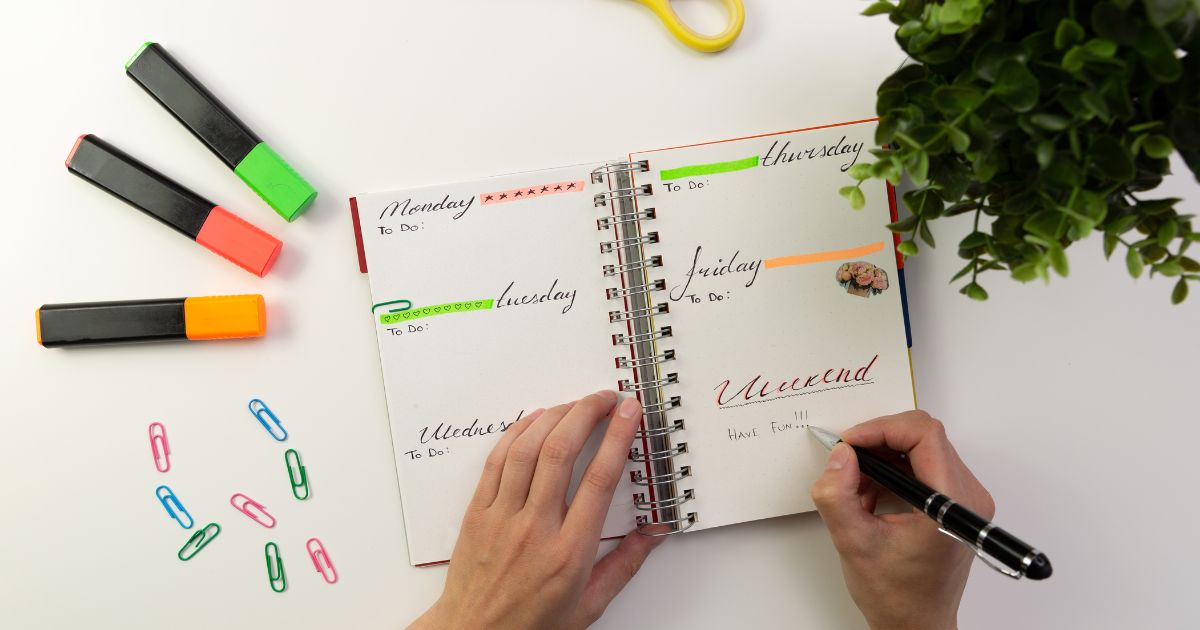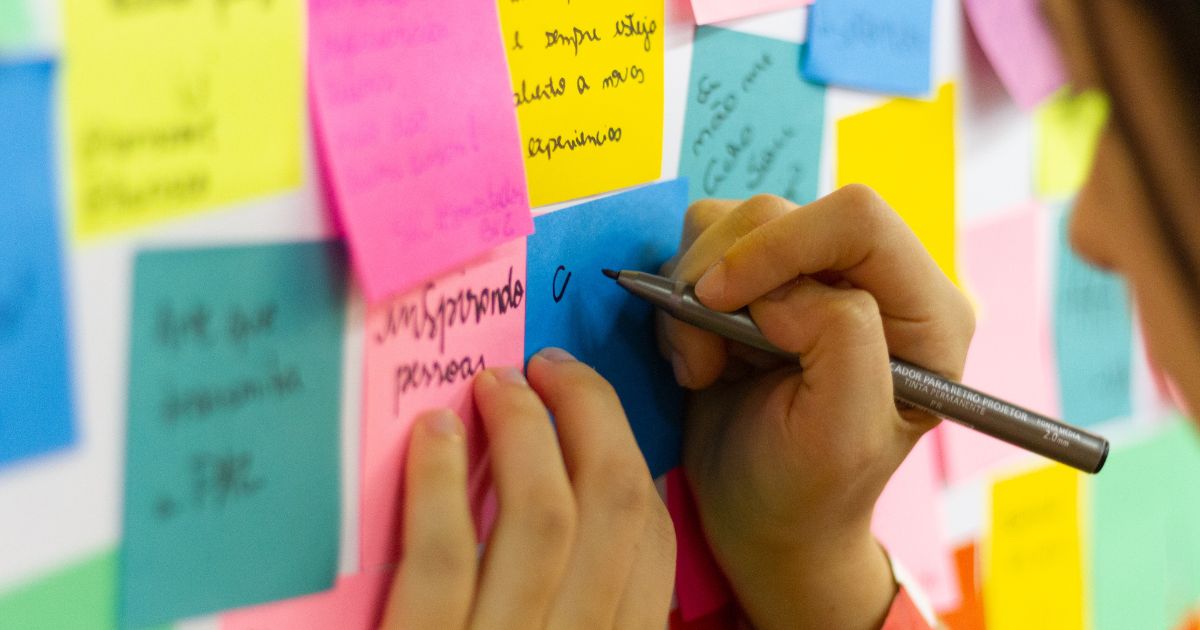In university entrance exams, standing out from thousands of other candidates can be a real challenge. While structure, clarity, and argumentation are essential, a creative and engaging essay can be the extra element that captures the evaluator’s attention and sets your writing apart. But how do you balance creativity with the formal requirements of an academic essay? In this article, you’ll learn practical strategies to write a compelling, original, and high-quality essay for the vestibular or any similar entrance exam.
1. Understand the Type of Creativity That Is Valued
Creativity in entrance exam essays isn’t about inventing fictional stories or using poetic language. Instead, it’s about how you approach the theme, the originality of your arguments, and your ability to connect ideas in a surprising yet coherent way.
Be Original in Your Approach
If the prompt asks about social inequality, avoid repeating common clichés. Instead, find a fresh perspective or lesser-known angle.
Example:
Instead of just saying “poverty is a serious problem,” discuss how digital exclusion reinforces social inequality in the modern world—a more current and original point of view.
Respect the Essay Format
Even in a creative essay, structure matters. Make sure you still follow the introduction – development – conclusion model, and use transitions to maintain logical flow.
2. Start with a Captivating Introduction
Your introduction is your first chance to captivate the evaluator. A creative and well-crafted opening creates curiosity and encourages further reading.
Use a Provocative Question
A rhetorical or reflective question can create intrigue.
Example:
“How is it possible that, in the 21st century, access to basic education remains a privilege for millions?”
Introduce a Surprising Fact or Analogy
Start with an unexpected statistic or an analogy that sets the stage for your point of view.
Example:
“Inequality is not a wound that heals with time—it’s a scar that deepens when ignored.”
Start with a Micro-Narrative
Some entrance exams allow for short, narrative-style openings. You might briefly describe a real-life situation that illustrates the topic.
Example:
“Maria walks two kilometers each day to study under a streetlight. Her story is not unique—but it is revealing.”
3. Use Creative Arguments Without Losing Coherence
Creativity is not about inventing facts, but rather about presenting unexpected comparisons, strong metaphors, or bold connections between ideas.
Create Unusual but Relevant Analogies
A smart analogy can help explain a complex idea more clearly.
Example:
“Fake news spreads like a virus—contagious, fast, and hard to contain unless we strengthen the immune system of our critical thinking.”
Draw from Different Knowledge Areas
Surprise the evaluator by referencing literature, history, philosophy, or science in your argument.
Example:
“Like Plato’s cave, modern citizens often see only the shadows of reality projected by social media.”
4. Enrich the Essay with Cultural References
One way to elevate the level of your essay is to make references to known authors, historical events, or cultural phenomena. This demonstrates intellectual maturity and contextual understanding.
Literature and Philosophy
Referencing thinkers like George Orwell, Simone de Beauvoir, or Paulo Freire can add depth to your writing.
Example:
“As Orwell warned in 1984, control over information is a powerful weapon—one that continues to shape our reality today.”
Films, Music, and Pop Culture
If appropriate and well-integrated, cultural references can make your essay more dynamic and current.
Example:
“Much like in the film Parasite, social inequality often hides behind the illusion of meritocracy.”
5. Maintain a Personal and Authentic Tone
While remaining formal, your essay can still reflect your voice. Show your values, your interpretation of the topic, and how you relate to it.
Avoid Mechanical Language
Instead of listing facts in a robotic tone, write as if you’re genuinely interested and invested in the topic. Choose words that express conviction and thoughtfulness.
Example:
“It’s not enough to denounce injustice—we must question the structures that make it seem normal.”
6. Create a Conclusion That Leaves an Impression
Many students lose points by writing weak conclusions. Don’t just repeat the thesis—end your essay with a powerful message, thought-provoking question, or proposal for change.
Suggest a Path Forward
Offer a solution or reflect on what society can do about the issue.
Example:
“Educating critical citizens is the first step toward breaking the cycle of misinformation and manipulation.”
Leave the Reader Reflecting
End with a reflection that echoes the main argument in a memorable way.
Example:
“To change the future, we must first rethink the stories we tell ourselves about the present.”
7. Practice Creativity in Timed Conditions
Creative writing under pressure is a skill that can be trained. Simulate entrance exam situations and practice writing with time limits.
Diversify Your Themes
Practice with a variety of themes: ethics, technology, education, environment, politics. The more topics you tackle, the more flexible and creative you become.
Collect References and Ideas
Build a mental or physical notebook of quotes, facts, cultural references, and impactful phrases. Use these in your essays to enrich your arguments and show your depth of knowledge.










